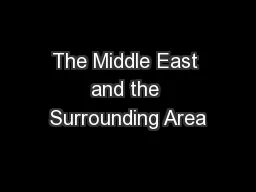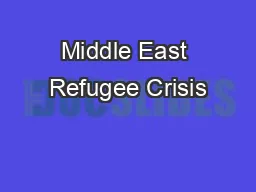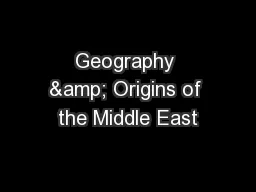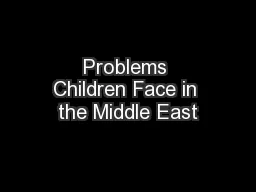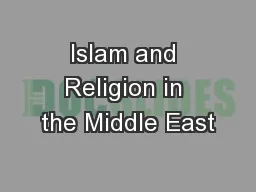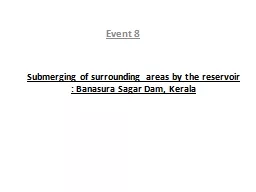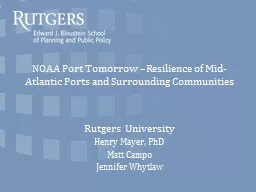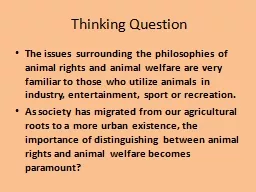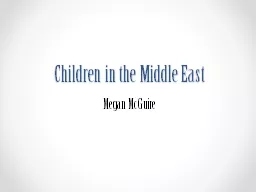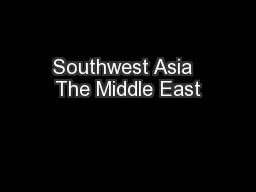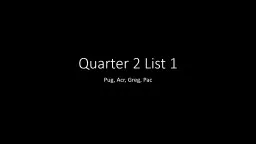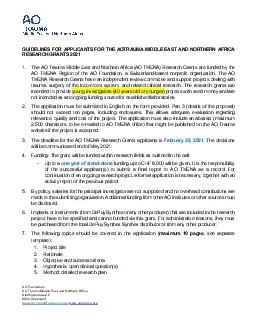PPT-The Middle East and the Surrounding Area
Author : alexa-scheidler | Published Date : 2016-07-23
What and where were the Islamic Arab Empires and what is it like today Last Class Learned about some things that came from the Middle EastBut what exactly is the
Presentation Embed Code
Download Presentation
Download Presentation The PPT/PDF document "The Middle East and the Surrounding Area" is the property of its rightful owner. Permission is granted to download and print the materials on this website for personal, non-commercial use only, and to display it on your personal computer provided you do not modify the materials and that you retain all copyright notices contained in the materials. By downloading content from our website, you accept the terms of this agreement.
The Middle East and the Surrounding Area: Transcript
Download Rules Of Document
"The Middle East and the Surrounding Area"The content belongs to its owner. You may download and print it for personal use, without modification, and keep all copyright notices. By downloading, you agree to these terms.
Related Documents

